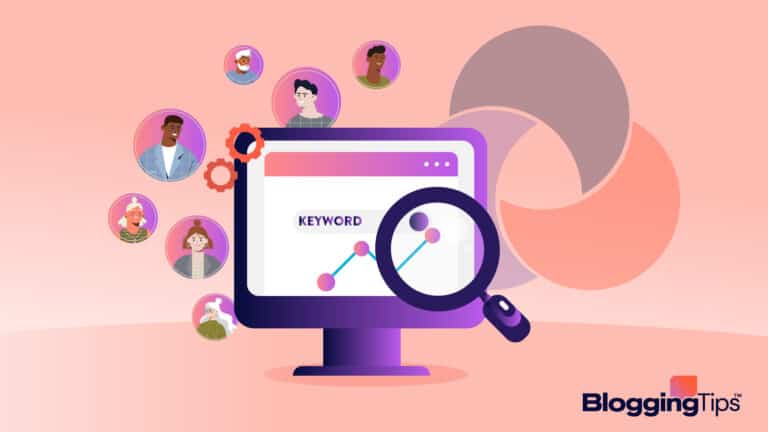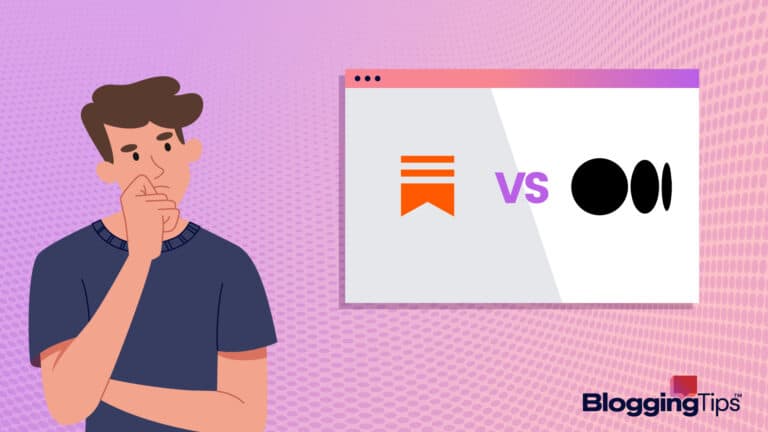Blogging is a fantastic way to showcase your writing abilities and share information about your passions.
It is also an excellent side hustle.
However, putting your ideas out into the world can be scary.
If you are thinking about starting an anonymous blog in 2022 but aren’t quite sure where to start, you’ve come to the right place.
In this article, we will discuss how to start an anonymous blog and provide you with a list of necessary tools to help you get to writing.
Frequently Asked Questions
Before we jump into how to start an anonymous blog, let’s address a few frequently asked questions to get primed on the subject.
Can you blog anonymously?
Yes, it is possible to create and monetize a successful blog anonymously.
You will not be the only person to write under a pseudonym.
Many bloggers have a lot to say or share with the world, whether it is their political opinions or personal experiences, and writing a blog may be the best way to share their insights.
As a result, many bloggers find that they can be at their most creative when they don’t have to worry about people recognizing their identity.
Can I start a blog with a fake name?
Blogging under a pseudonym or a pen name is a common practice.
Many people choose to blog under a fake name if they have concerns that their content or opinions may elicit adverse reactions.
Blogging under a fake name is also a way to protect yourself and your personal life.
It is also a highly effective way for users who have been shadow banned to continue to share their voices.
Can anonymous bloggers make money?
Anonymous bloggers can make money just as easily as other bloggers.
You will need to implement several technical privacy steps and include anonymous photos, usernames, and hosting site names.
The ability to make money does not depend on your identity but your content and the size of your audience.
Should I use my real name on a blog?
No law says you must use your real name on a blog.
Many people write successful, lucrative blogs without using their real names.
However, you may eventually find that you want to put your name on your blog to increase your authority.
How To Blog Anonymously
Did you know that anyone can look up a blog or domain name’s ownership?
This can be scary, especially if the topics you want to post about are sensitive.
Luckily, there’s a feature called “Domain Privacy Protection“.
It’s an option you can choose at any registrar when buying a domain name and setting up a blog, and it completely protects your personal information.
Without it, you’re name, address, and other info can be easily accessed by anyone, allowing people to research your blog name and find out your identity.
The best part is that domain privacy is really cheap.
In fact, whether you absolutely need to blog anonymously or not, I always recommend buying private registration in all my guides.
The other thing you must do is create an alias or pen name when you create your WordPress blog.
During the set up process, WordPress will allow you to pick the name that will be publicly show.
If that’s not to your liking, you can make it where WordPress displays no name at all on your blog posts.
What You’ll Need To Start an Anonymous Blog

There are a handful of tools you will need before you can successfully begin an anonymous blog.
These include:
- Blogging Platform
- Blog Hosting Site
- Pseudonym (Name To Write Under)
- WordPress Theme and Plugins
Blogging Platform
There are dozens of blogging platforms to choose from, many of which do not require any prior coding or technical knowledge to get working.
WordPress is the most popular blogging platform due to its affordability and user-friendly features.
Other blogging platforms you may wish to consider for your anonymous blog include Wix, Medium, or Squarespace.
Blog Hosting Site
Blog hosting is also an important and necessary step in starting an anonymous blog.
A blog hosting site is where your blog will live in the online space.
It is what allows people to find and read your blog.
The hosting site will also store all your content and data, providing you and your readers with high-quality security and fast load times.
Pseudonym
It is entirely possible to start an anonymous blog.
However, you will still need to publish your content under a name.
Choosing a pseudonym is a popular tradition amongst novelists and authors.
However, bloggers can also choose a pseudonym to write and publish under.
You can select a first and last name, an anonymous username, or operate under the title of your blog.
WordPress Theme and Plugins
The design of your blog is a crucial factor in its overall success.
If your design is busy, loud, or cramped, people aren’t going to stick around to read what you have to say.
They also aren’t going to click on any of your ads, meaning you’ll lose out on serious cash.
Luckily, thousands of beautiful themes and easy-to-use plugins through WordPress can help you launch a professional blog.
Step-by-Step Instructions To Start a Blog Anonymously
Now that you’ve readied your tools, let’s dive into step-by-step instructions on how to start an anonymous blog.
1. Come Up With a Name

The name of your blog and your pseudonym is going to be synonymous with your blog’s brand.
So, coming up with a name for both is a vital step when starting an anonymous blog.
Blog Name
Choosing a blog name can be difficult.
It is the name new audience members will see first and will thus set the tone for your entire blog before people have read a single word.
Your blog name should reflect the blog topic or niche, connect with your target audience, and also give you room to grow.
If you’re stuck, you can always use a free online blog name generator or formula to create something truly unique.
Pseudonym
When choosing a pseudonym, keep the following factors in mind:
- Select something that aligns with your content and industry
- Make sure it is easy to spell and pronounce
- Ensure the alias is not currently in use by other social media handles or websites
Above all else, make sure that you like both the blog’s name and your pseudonym.
Although you can change either later, it may be confusing for your readers if you consistently change names.
Blogging Tips Recommendation
2. Register Your Domain and Hosting
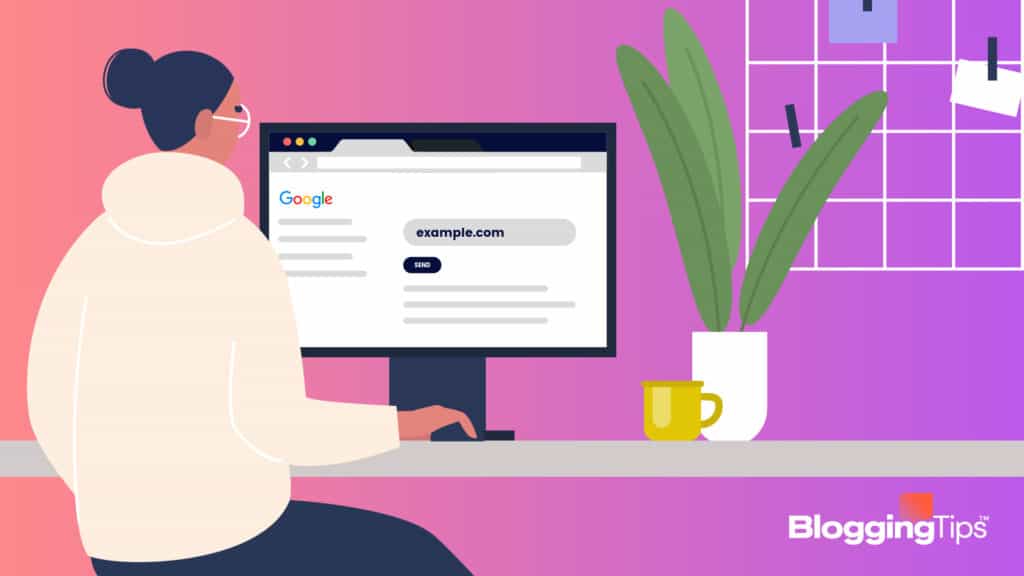
After you have chosen a blog name, you will need to find a domain name registrar and purchase it on a hosting site such as GoDaddy or Bluehost.
- Finalize your domain name and select a domain name suffix from a reliable registrar
- Check domain name availability.
- Purchase the domain name from a web hosting plan or site
- Follow the registrar’s instructions for final registration
There are many options available, but we suggest checking out the best WordPress hosting with companies like WP Engine, Pressable, or SiteGround.
If you need help deciding what type to use, check out our hosting quiz to give you a better idea.
[tqb_quiz id=’92043′]
Blogging Tips Recommendation
At some point, you’ll probably end up on the GoDaddy website.
Don’t do it. Look elsewhere. There are plenty of other GoDaddy alternatives that offer similar products at MUCH lower prices.
They’ll rope you in with great deals like $1.99 domain names, but then renew you at an amount much higher than that.
I personally recommend Namecheap, and use them for all my registrations.
3. Install WordPress or Other CMS
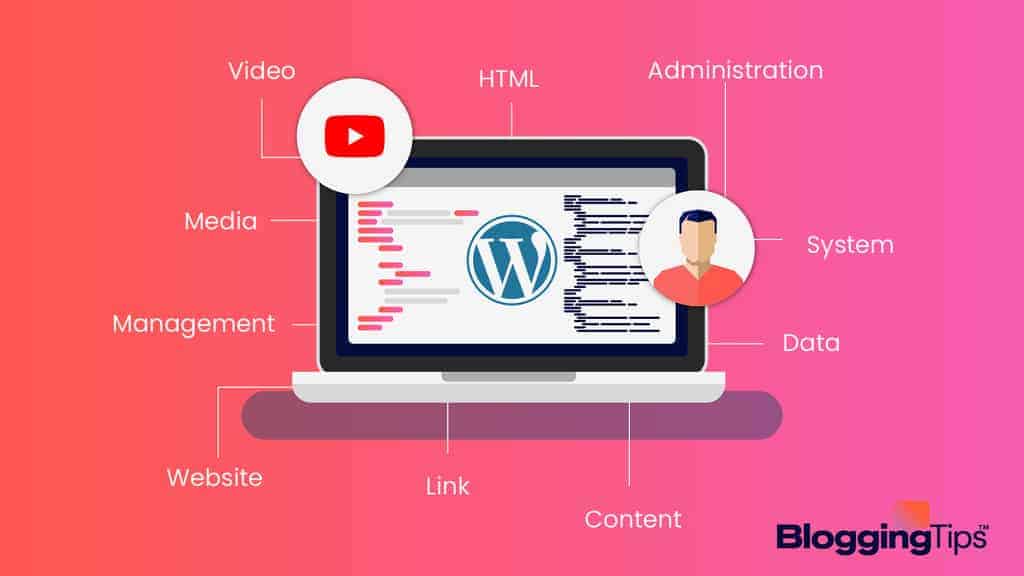
If you choose to write your blog on WordPress, you will need to create an account and install the platform.
- Download and unzip the WordPress installation file.
- Create a database on your server if your hosting server does not provide one for you.
- Upload files to the WordPress-powered site where you want the site to appear.
- Run the WordPress installation script on your chosen browser.
Learning how to install WordPress is pretty simple, but it can get complicated if you don’t have experience.
Spend some extra money and get one of the managed hosts that we mentioned above.
These hosts do the hard work for you, and have one-click WordPress installations that save you time, effort, and frustration.
Blogging Tips Recommendation
We recommend WordPress for every content site we build. It is a flexible CMS that is supported by a huge amount of developers and support.
4. Select a Design

As we mentioned above, selecting a design for your blog is one of the most important factors in getting people to click, engage, and read your content.
Think about what you want to communicate with your blog’s design and how it will reflect or work with the content you write.
Consider a clean and simple theme with plenty of attractive white space.
You’ll want to find a design theme that balances text with images as well.
Furthermore, it is important to choose a responsive theme that translates well on various screen sizes so you can attract mobile users.
Over 84% of internet users in the United States use their mobile devices, which is a significant chunk of traffic you’re not going to want to alienate with a poorly designed site.
Finally, you’ll want a theme that is easy to customize regardless of your current experience editing websites.
If it is too difficult to edit or add new posts, you’re going to get frustrated, and your updates will struggle.
Plugins are a whole other beast, but that doesn’t mean they are less important.
WordPress has a myriad of free and paid plugins which can help you optimize your blog’s content for SEO, build unique pages, compress images, and track your site’s analytics.
5. Install Plugins
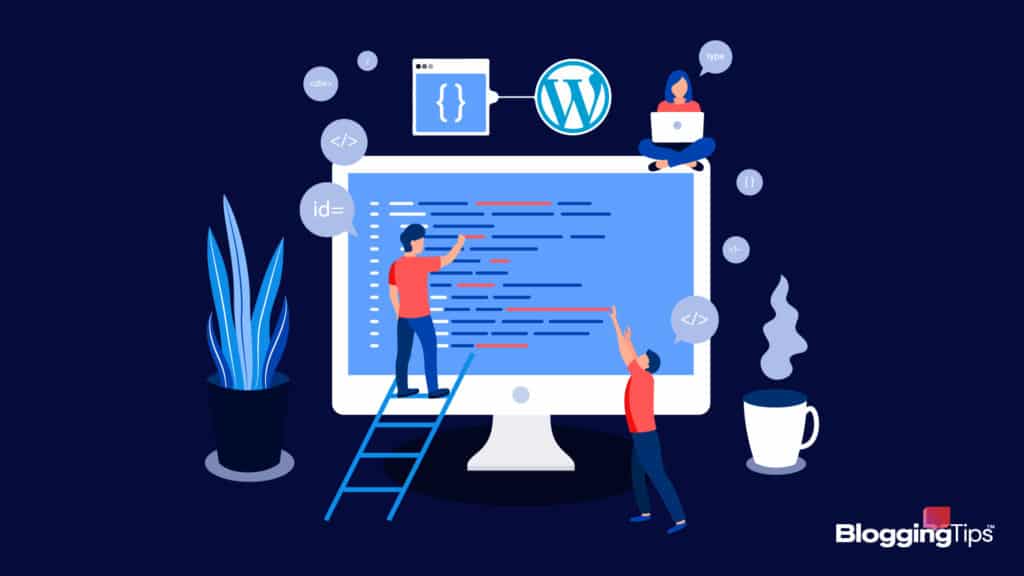
We recommend the following WordPress blogging plugins for your anonymous blog:
- Yoast SEO
- Mailchimp
- MonsterInsights
- Google Analytics
- Popup Maker
You will also need to install some kind of cache plugin, a security plugin, and an anti-spam plugin.
If you plan to send out a newsletter or want to collect your reader’s contact information, it is also important to include a contact plugin that collects and stores their information for you.
Installing a plugin on WordPress is straightforward.
- Download the WordPress plugin from their plugin directory
- Navigate to “Plugins” on the lefthand menu
- Select the new plugin and click “Activate.”
6. Start Writing Content for Your Blog

That’s it! You are ready to start writing exciting and unique content for your blog.
You can write your posts anywhere you’d like and copy and paste the content into your WordPress theme.
If you want to the blog write directly in WordPress, all you have to do is follow these two steps.
- Click on “Posts”
- Select “Add New”
The Takeaway
We hope you found this tutorial on how to start an anonymous blog helpful.
You should now know how to come up with both a blog name and a pseudonym and how to register your blog.
You’ll also understand the importance of choosing a good design and the best plugins to help you make the most of your blog platform.
What do you think about the steps we listed above?
If you’ve started your own anonymous blog or have thoughts about our recommended steps, leave us a comment below.
If you found the article helpful, feel free to share it with your network!



